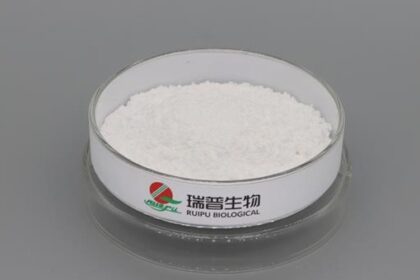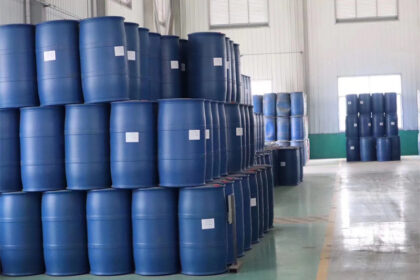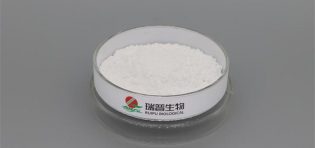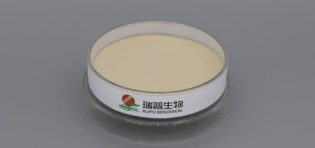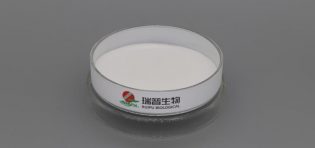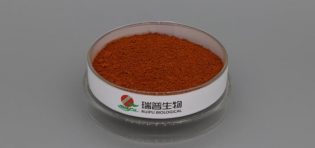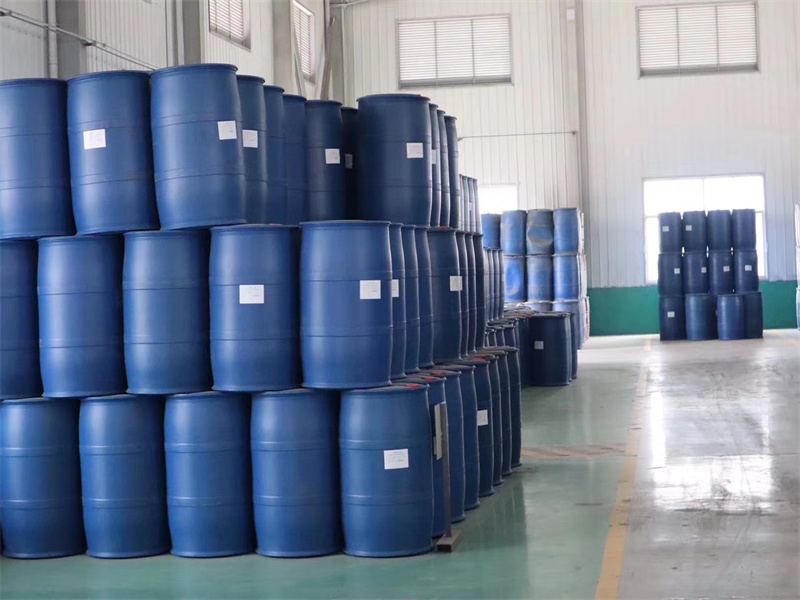
Proper storage of vitamin premixes is crucial for maintaining their quality and efficacy. Here are some key storage recommendations:
1. Control the Storage Environment
·Temperature: The storage temperature of premixes should be kept as low as possible to slow down the oxidation and degradation of vitamins. Ideally, the storage temperature should be below 15°C, and it is preferable not to exceed 25°C. Studies have shown that as temperature increases, the rate of vitamin degradation also rises. In high-temperature environments, such as above 30°C, most vitamins are likely to be destroyed.
·Humidity: Keeping the storage environment dry is equally important. High humidity can cause the premixes to absorb moisture and clump together, which can affect the stability of the vitamins. The ideal relative humidity should be maintained between 55% and 68%.
·Light Exposure: Avoid exposing vitamin premixes to light for extended periods, as light can also accelerate the breakdown of vitamins. When storing, choose environments or containers that are shielded from light.
2. Packaging and Sealing
·Sealed Packaging: Premixes should be stored in sealed packaging to prevent the entry of oxygen, moisture, and microorganisms, thereby protecting the stability of the vitamins. Vacuum packaging is even more effective in isolating external factors.
·Packaging Materials: For high-concentration single-vitamin premixes, it is recommended to use fiberboard cartons lined with plastic bags. For multivitamin premixes, a four-layer combination of three layers of kraft paper and one layer of plastic film can be used to enhance the sealing effect.
3. Storage Duration and Usage
·Storage Duration: The storage period of vitamin premixes should be as short as possible to minimize vitamin loss. Vitamin premixes that do not contain choline chloride and vitamin C typically have a shelf life of no more than six months, while multivitamin premixes are best stored for no longer than one month.
·Use Promptly: Once a premix is opened, it should be used as soon as possible. Any unused portion should be promptly resealed to minimize exposure to air.
4. Other Considerations
·Avoid Contamination: During storage and use, ensure that the premixes are not contaminated, particularly avoiding contact with toxic or harmful substances.
·Regular Inspections: Regularly inspect stored premixes to ensure their packaging is intact, with no signs of damage or moisture.
·Appropriate Storage Quantity: Manage storage quantities according to actual needs to avoid prolonged storage that could lead to increased vitamin loss.
Proper storage of vitamin premixes involves careful attention to the storage environment, packaging and sealing, storage duration and usage, and other factors. By taking appropriate measures, the stability and efficacy of vitamins can be maximized.

